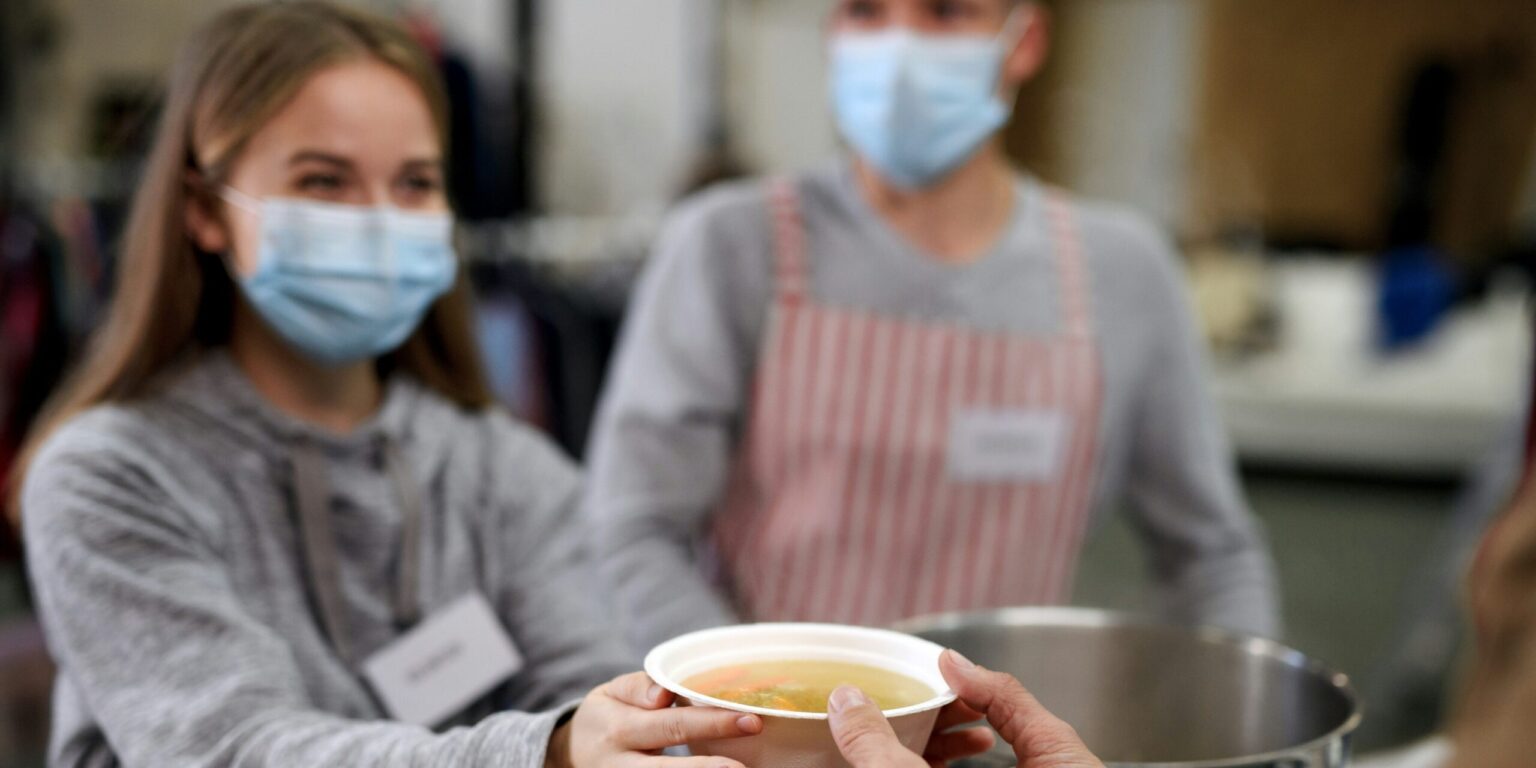As the federal government shutdown entered its twentieth day on October 20, 2025, concern is mounting over the growing impact on essential public health programs. Among the most affected is the Special Supplemental Nutrition Program for Women, Infants, and Children, commonly known as WIC. The program, which serves over six million low-income mothers, babies, and young children across the United States, is now warning of imminent disruptions to its benefits if federal appropriations are not restored soon.
WIC is one of the few large-scale federal nutrition programs that operates under discretionary funding, meaning it is especially vulnerable during congressional budget impasses. Without a permanent, mandatory funding stream, the program depends on annual approval from lawmakers. As the current shutdown drags on, the financial reserves that initially kept WIC running are beginning to run dry. According to health policy experts, federal contingency funds combined with unspent vendor rebates provided a temporary buffer, but those funds were only expected to last for a few weeks at most.
Some states have attempted to shield their WIC operations from the effects of the shutdown by relying on their own budgets or planning ahead with contingency measures. These preparations, however, are uneven across the country. In some states, officials have reassured residents that WIC benefits will continue, at least for current enrollees, though new enrollments may be paused. In other states where budgets are tighter or reserves more limited, officials have warned that they cannot guarantee benefits will continue if federal funding lapses further.
The potential interruption of WIC benefits is especially concerning to public health advocates and medical professionals. The program not only provides vouchers for healthy foods such as milk, fruits, vegetables, and infant formula, but also offers breastfeeding support, nutrition counseling, and healthcare referrals. Experts say even short disruptions can lead to long-term consequences, particularly for pregnant women and young children whose development is highly sensitive to nutrition and care access. Once participants drop out due to interrupted services, it is often difficult to re-engage them, making temporary lapses potentially devastating.
Community health clinics, especially those located in areas officially designated as health professional shortage zones, are already feeling the pressure. These facilities often coordinate closely with WIC to support low-income families. Many are now reviewing alternative funding sources and considering how to fill gaps in care if WIC services become unavailable. For these clinics, the shutdown compounds existing challenges, stretching already limited resources in some of the nation’s most underserved areas.
The impact is not limited to nutrition services. Medical education institutions, including schools of osteopathic medicine, have voiced concerns about the potential disruption of clinical training programs. Many of these schools rely on federal grants and partnerships with public health agencies to offer hands-on training in rural and underserved communities. With certain federal departments unable to operate normally, some training rotations are being delayed or canceled, threatening the pipeline of future healthcare providers at a time when staffing shortages remain a national concern.
Meanwhile, political pressure is mounting in Washington to find a resolution. Some lawmakers have introduced legislation to reclassify WIC as a mandatory spending program. Such a move would protect it from future shutdowns by ensuring its funding flows automatically, similar to entitlement programs like Medicaid or Social Security. Advocates argue that the essential nature of WIC services justifies this change, especially considering the vulnerable population it serves.
Despite the mounting risks, negotiations in Congress have yet to yield a breakthrough. The budget standoff that triggered the shutdown has been mired in partisan disagreement over a range of policy issues, from domestic spending levels to immigration enforcement. While broader debates continue, the human cost is becoming more visible in local communities, where public health officials are forced to prepare for worst-case scenarios.
As October progresses without a resolution, the likelihood of cascading effects increases. Should the WIC program run out of funds completely, families may face food insecurity during a critical developmental window for their children. Public health infrastructure, already strained by previous funding gaps and the lingering effects of the pandemic, could be pushed further toward instability. For now, WIC remains operational, but the situation is precarious, and time is running short.
The fate of the program—and the health of millions who depend on it—now rests with Congress’s ability to break the deadlock and resume the flow of federal funds before lasting damage is done.
